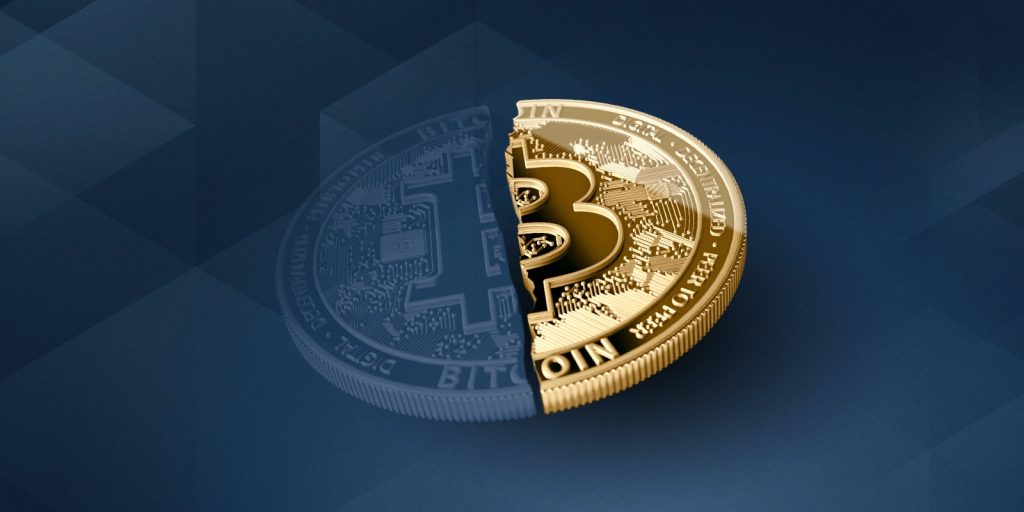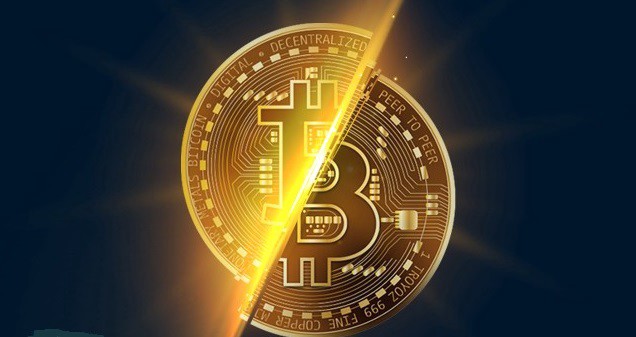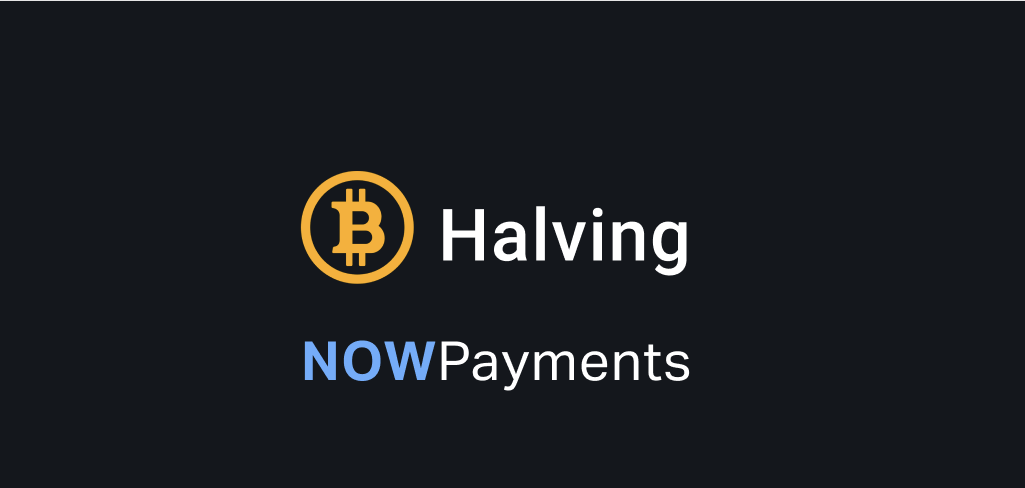Bitcoin Halving is always one of the most discussed cryptocurrency news. Nobody can predict the way it will affect bitcoin price, but cryptocurrency owners are highly excited with even more newcomers interested in investing. What’s happening? In this article we will shed the light on the event—Bitcoin’s most recent halving occurred on May 11, 2020.
What is Halving?

Though the term “halving” sounds pretty creepy, it is still one of the most anticipated Bitcoin events that happens once in four years. As you’ve already guessed by its name, Bitcoin Halving means that the number of all the generated BTC rewards per block will be divided by 2. In figures, the number of BTC that enter the circulation every 10 minutes will be reduced from 12.5BTC to 6.25BTC.
Why does Bitcoin halving happen? The thing is that every 4 years, when every 210,000 blocks are mined, Bitcoin miners receive reward for processing transactions. This halves the rate at which new Bitcoin is released into circulation.
It is a synthetic deflation for, unlike fiat currencies, bitcoin supply cannot be inflated, but its scarcity still needs to be replicated and the Stock-to-Flow ratio must be disturbed. There are just 21,000,000 BTC with 18,361,438 already in circulation. And the situation must be solved. Though their reward decreases, miners are motivated to keep on working due to the possible increase of the BTC price. Otherwise, in case the Bitcoin value has not increased, they are still motivated because the difficulty of mining is reduced.
What turns people this mad about halving? People start debating about the potential Bitcoin price because the amount of supply entering the system can shrink, while the demand is to stay the same, increasing the price of this digital asset. The first halving of 2012 increased BTC from $10 to $1,150. The second one of 2016 upped the price nearly to $20,000. Though later it dropped to $3,200, it was still profitable for the pre-halving was just about $650.
The Consequences

In 2020, after BTC has already faced its tough times and under the influence of COVID-19, people went really nuts about the event: Jameson Lopp, the creator of Satoshi.info, tweeted that “Google searches for “bitcoin halving” have exceeded 300% of the volume seen before the 2016 halving event”. Meanwhile, Pascal Gauthier, the Ledger’s chief executive, stated that “more individuals are investing in bitcoin than ever before”. So, enthusiasts’ previous experiences count.
Some cryptocurrency influencers even set overwhelmingly high expectations. For example, Dan Morehead said that, “based on the change in the stock-to-flow ratio across each halving, BTC could hit $115,212 in Aug 2021”. Marcus Swanepoel, Luno’s chief executive, thought that bitcoin would return to its all-time highs in the next 12 to 18 months.
COVID-19 has also impacted Bitcoin Halving 2020. According to experts, the market crash reduced the risk of a halving price dump for miners prepared earlier, in March, to reduce the presumed profitability, so the BTC mining industry was in a stronger position.
The most recent halving took place on May 11, 2020. It affected the Bitcoin price heavily: in April 2021, Bitcoin price reached $64,507 (which is a 634% increase from the pre-halving price). However, on May 12, 2021, Elon Musk announced that Tesla would no longer accept Bitcoin as payment—as a result, the price of Bitcoin went down below $40,000. Moreover, the Chinese government banned financial institutions and payment companies from providing crypto-related services.
Speaking about the future of Bitcoin, we should admit that the currency is being critically treated by the world leaders, on the other hand, there’s a lot of hype from celebrities. In 2021 even banks are interested in holding BTC. So let’s stay tuned and wait to see what will happen next.

